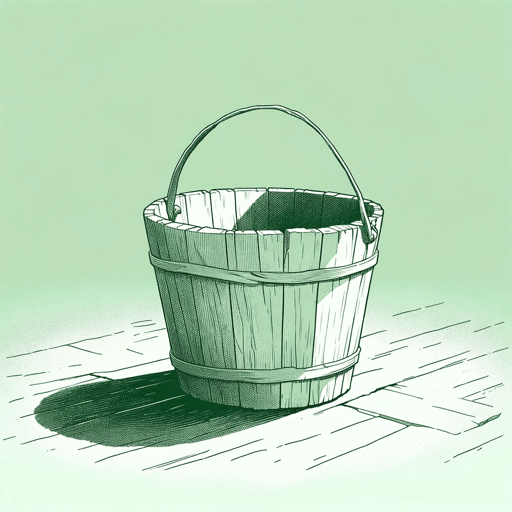51 pages • 1 hour read
Nancy IsenbergWhite Trash: The 400-Year Untold History of Class in America
Nonfiction | Book | Adult | Published in 2016A modern alternative to SparkNotes and CliffsNotes, SuperSummary offers high-quality Study Guides with detailed chapter summaries and analysis of major themes, characters, and more.
Part 2Chapter Summaries & Analyses
Part 2: “Degeneration of the American Breed”
Part 2, Chapter 6 Summary: “Pedigree and Poor White Trash: Bad Blood, Half-Breeds, and Clay-Eaters”
Squatters, now dubbed sand hillers, clay-eaters, and white trash, were represented as people of the Southern states. Characterized as a distinct racial breed, these impoverished individuals were described as ragged, emaciated, and having ingrained physical defects and yellowish skin. They were said to eat dirt and imbibe excessively in alcohol. To Northerners, these products of indentured servitude proved the negative consequences of slavery. As the nation extended westward, Northerners feared the spread of this distinct class. For that reason, those in the Free Soil party sought to contain slavery.
In this period, elite Americans became obsessed with bloodlines and imagined that good breeding would be “an increasingly important weapon” in the country’s “imperial arsenal” (143) to claim the western lands for the “superior” (138) Anglo-Saxons. People were equated with horses and encouraged to be mindful of breeding. The reality in places such as Texas and California was very different from such imaginings. For example, large numbers of poor white people migrated to California during the Gold Rush. Elites described these miners similarly to the Southern poor. Equated with trash or rubbish, they were loathed and described as the lowest form of life, with a lineage tracing back to the 







Featured Collections
Books on Justice & Injustice
View Collection
Books on U.S. History
View Collection
Class
View Collection
Class
View Collection
Community
View Collection
Contemporary Books on Social Justice
View Collection
Nation & Nationalism
View Collection
Sociology
View Collection
The Best of "Best Book" Lists
View Collection
